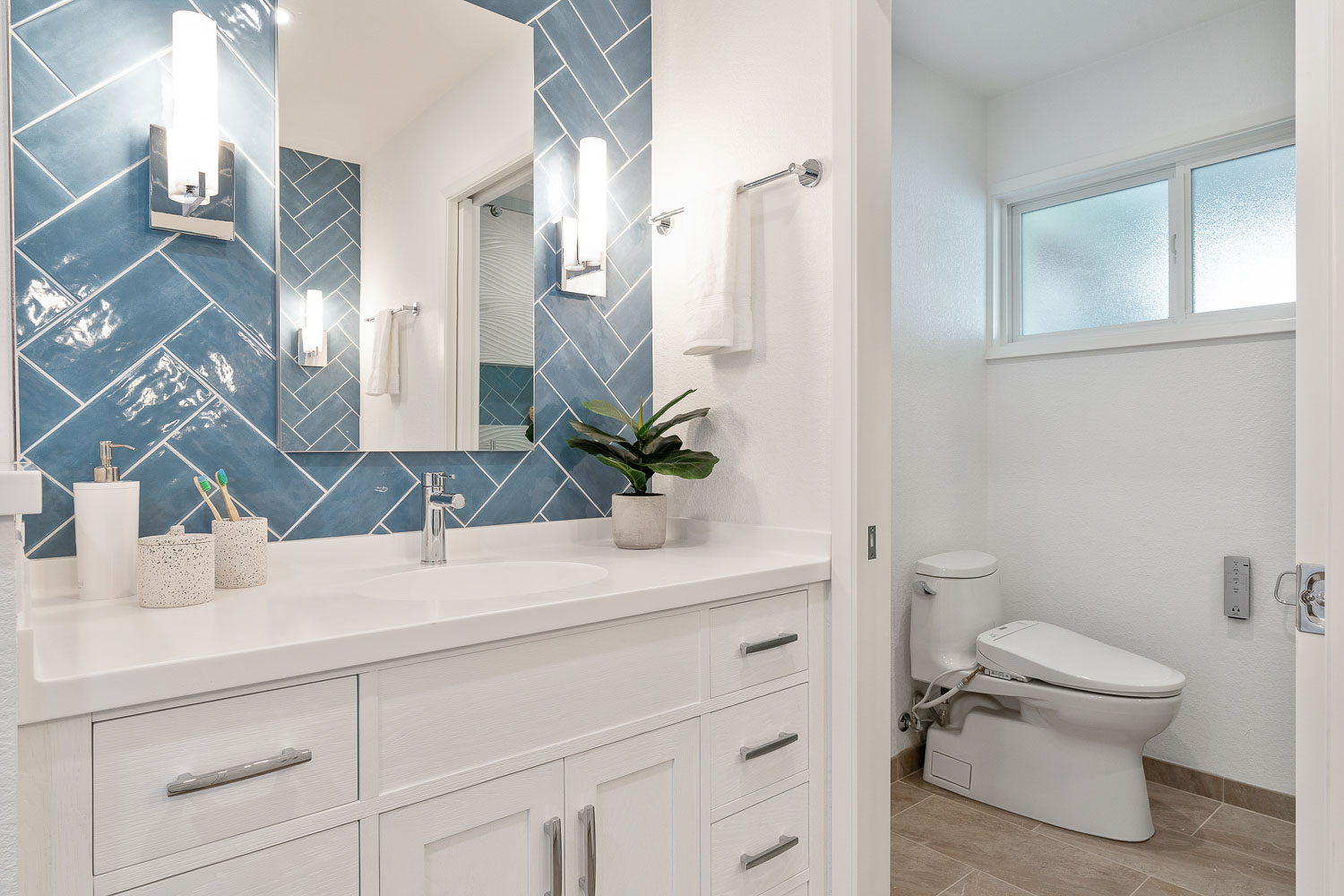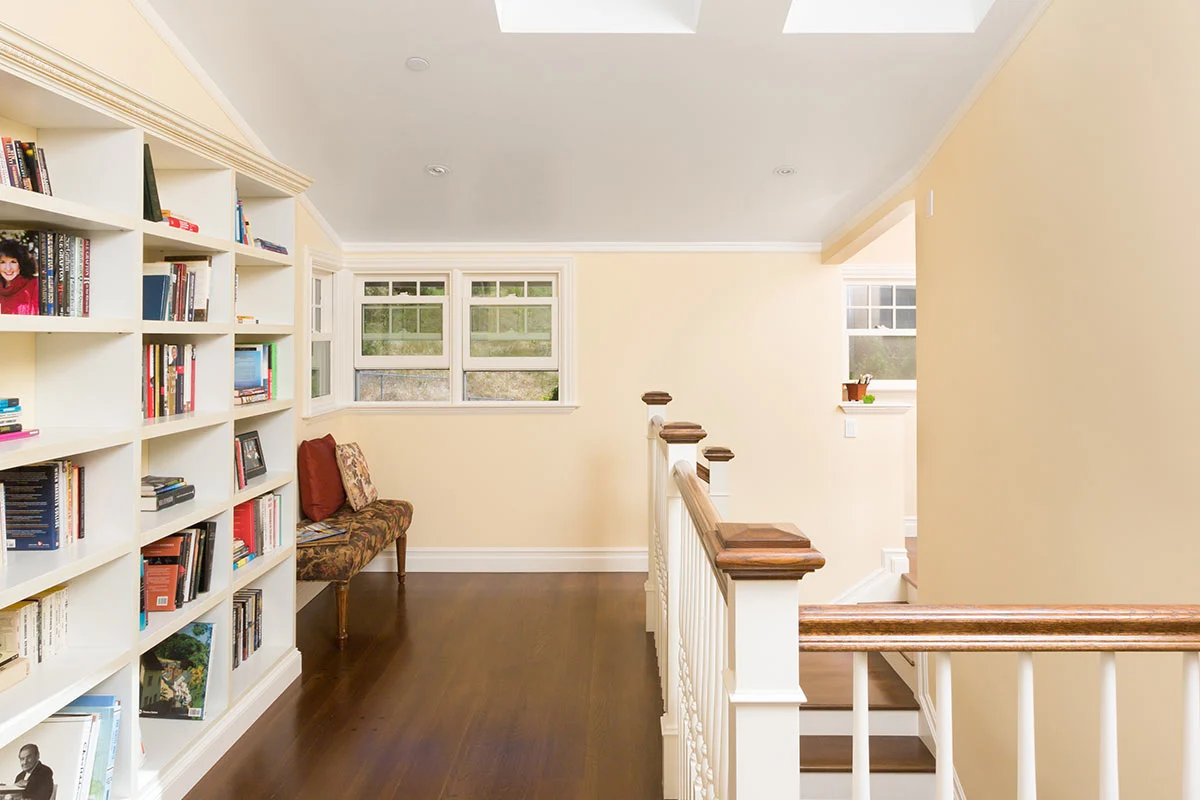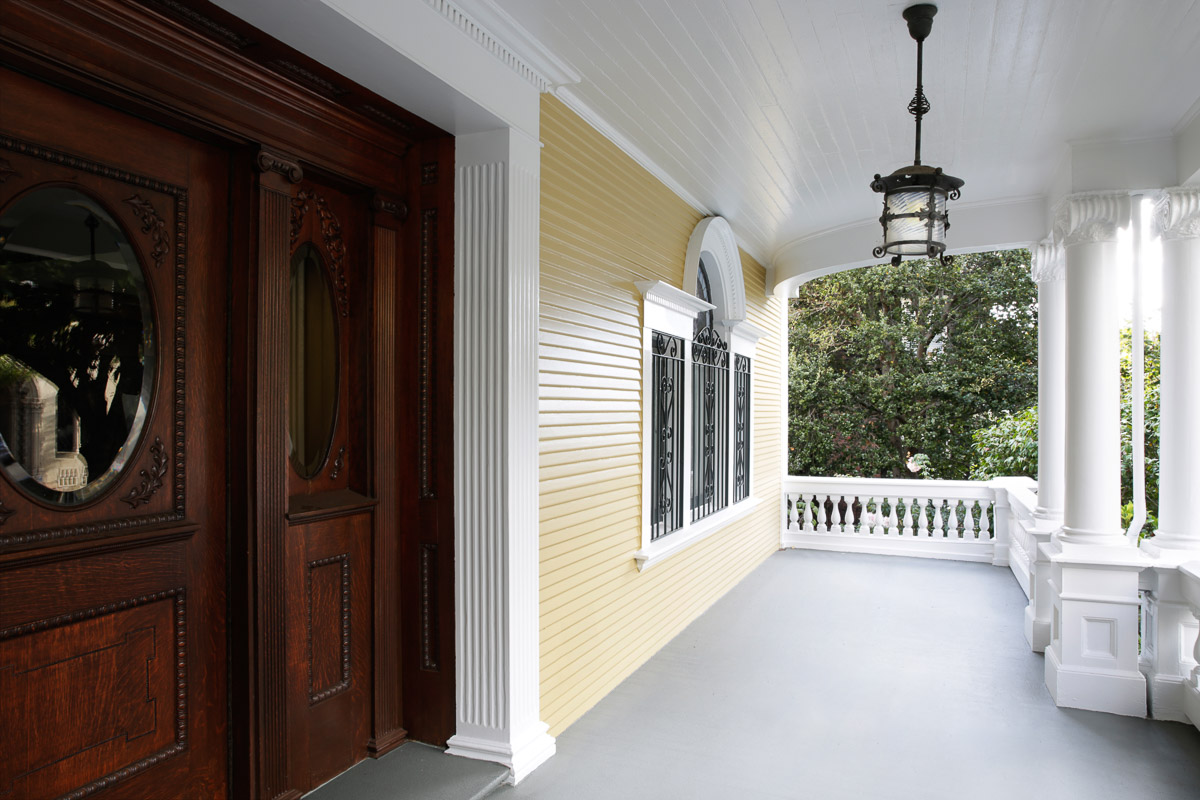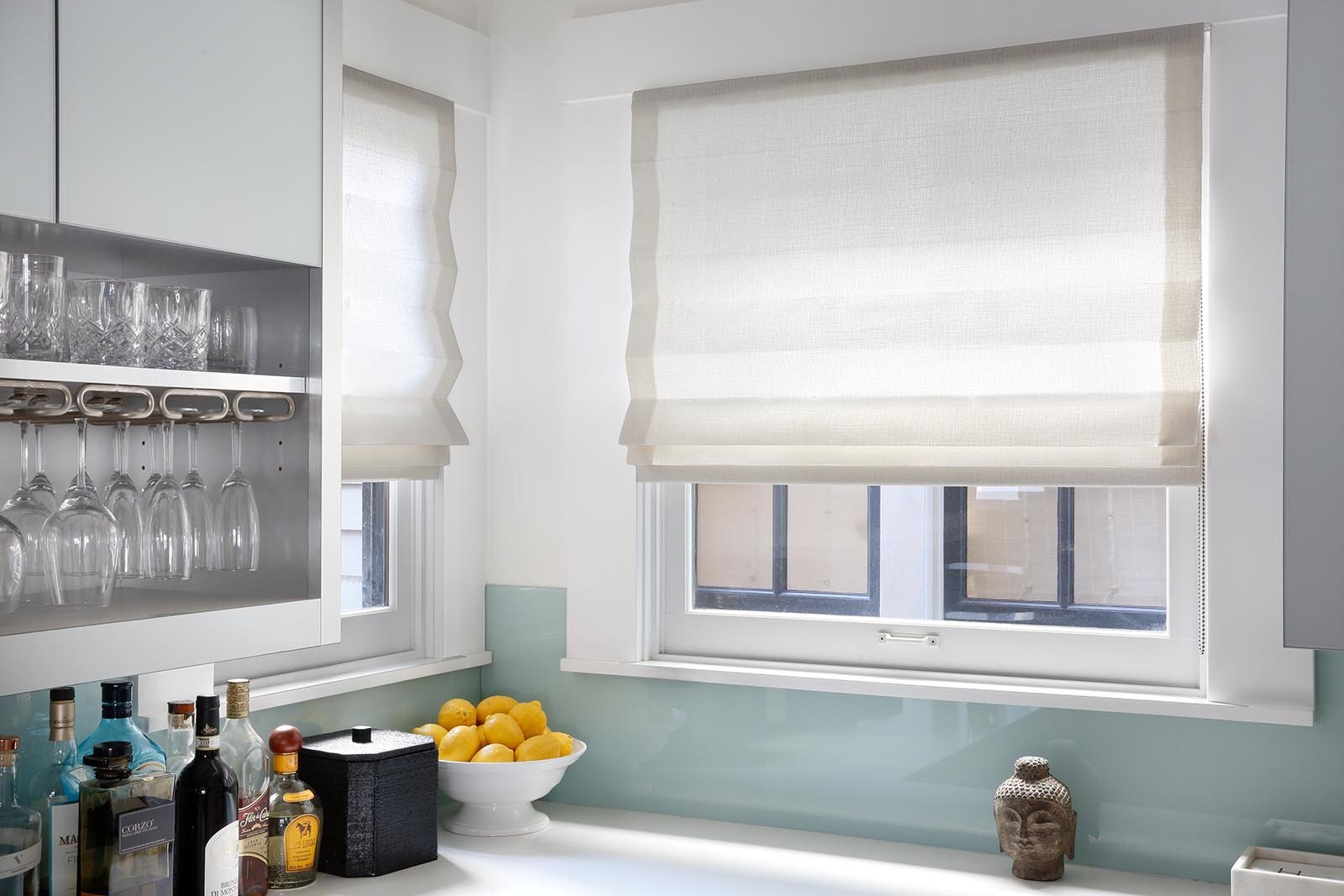Painting a residential house is an important task that can give a fresh and vibrant look to your home. A fresh coat of paint can enhance the curb appeal of your home, protect it from weather damage, and increase its value. However, residential house painting is not a simple task, and it requires careful planning, preparation, and execution.
In this article, we will discuss some essential tips for residential house painting that will help you achieve the best results.
- Choose the right paint: The first step in residential house painting is to choose the right paint. Consider the climate of your area, the condition of your home, and the desired look you want to achieve. You should choose a paint that is durable, long-lasting, and provides adequate protection against weather conditions.
- Clean and prepare the surface: Before painting your house, you need to clean and prepare the surface. This includes removing dirt, debris, and loose paint. You can use a pressure washer or a scrub brush to clean the surface. If there is any mold or mildew, you should remove it using a solution of water and bleach.
- Repair any damages: Once the surface is clean, you should inspect it for any damages such as cracks, holes, or rot. Repairing these damages is essential to ensure a smooth and even paint job. You can use wood filler, caulk, or spackle to fill the gaps and holes.
- Use quality equipment: Residential house painting requires quality equipment such as brushes, rollers, and sprayers. You should choose the right equipment based on the size of the surface you are painting. Using quality equipment will ensure a professional-looking finish.
- Apply primer: Applying primer is an essential step in residential house painting. Primer helps the paint adhere better to the surface, provides a smooth and even base, and improves the durability of the paint. You should apply primer after cleaning and repairing the surface and allow it to dry completely.
- Choose the right painting technique: There are different painting techniques that you can use, such as brushing, rolling, or spraying. The choice of technique depends on the type of surface you are painting and the desired finish. For instance, rolling is suitable for large surfaces, while brushing is ideal for edges and corners.
- Follow safety precautions: Residential house painting can be hazardous, especially if you are working at heights. You should follow safety precautions such as wearing protective gear, using ladders or scaffolds correctly, and avoiding painting in extreme weather conditions.
In conclusion, residential house painting is a significant investment that can enhance the value and appearance of your home. By following these tips, you can achieve the best results and ensure a professional-looking finish. Remember to choose the right paint, clean and prepare the surface, repair any damages, use quality equipment, apply primer, choose the right painting technique, and follow safety precautions.



